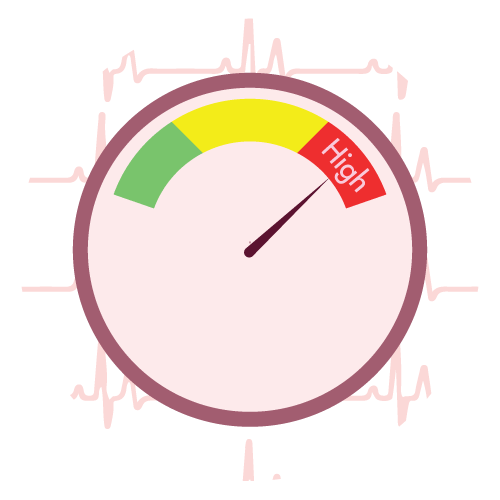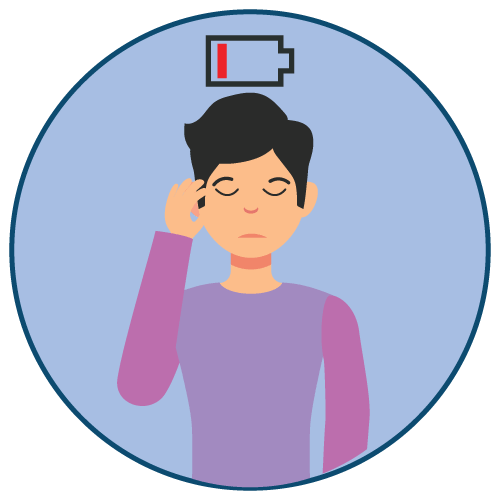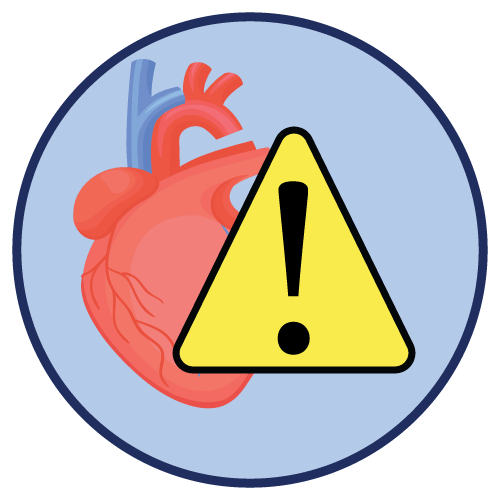| Name | Lacidipine |
| Classes |
Cardiovascular Agent Antihypertensive Calcium Channel Blocker |
| Diseases |
Cardiovascular Disease Hypertension (High Blood Pressure) |
Lacidipine
Lacidipine is a calcium antagonist that is a lipophilic dihydropyridine with a slow onset of action. Lacidipine does not cause reflex tachycardia because of its longer duration of action. It shows specificity in the vascular smooth muscle, where it dilates peripheral arterioles and lowers blood pressure as an antihypertensive drug.
Lacidipine is indicated for the treatment of hypertension either alone or in combination with other antihypertensive agents, including ß-adrenoceptor antagonists, diuretics, and ACE-inhibitors.
Adults: Treatment for hypertension should be customized to the severity of the problem as well as the patient's response.
The recommended starting dose is 2 mg, taken once a day. After enough time has passed for the entire pharmacological impact to occur, the dose may be increased to 4 mg (and then, if necessary, to 6 mg). This should not be less than 3 to 4 weeks in practice. Daily doses greater than 6 mg have not been proved to be more effective. Lacidipine tablets should be taken on a daily basis at the same time, preferably in the morning. Lacidipine treatment can be continued indefinitely.
Patients with hepatic impairment: Lacidipine is metabolized largely by the liver, therefore its bioavailability may be raised and its hypotensive impact boosted in patients with hepatic impairment. These individuals should be closely followed, and a dose reduction may be indicated in extreme situations.
- Lacidipine should be used with caution in patients with pre-existing abnormalities in the activity of the SA and AV nodes.
- Lacidipine should be used with caution in patients with congenital or documented acquired QT prolongation. Lacidipine should also be used with caution in patients treated concomitantly with medications known to prolong the QT interval such as class I and III antiarrhythmics, tricyclic antidepressants, some antipsychotics, antibiotics (e.g. erythromycin) and some antihistamines (e.g. terfenadine).
- As with other calcium antagonists, lacidipine should be used with caution in patients with poor cardiac reserve.
Contraindication
Lacidipine tablets are contraindicated in patients with known hypersensitivity to any ingredient of the preparation. Lacidipine should only be used with great care in patients with a previous allergic reaction to another dihydropyridine, such as-
- As with other calcium antagonists, Lacidipine should be discontinued in patients who develop cardiogenic shock and unstable angina. In addition, dihydropyridines have been shown to reduce coronary arterial blood-flow in patients with aortic stenosis and in such patients Lacidipine is contraindicated.
- Lacidipine should not be used during or within one month of a myocardial infarction.
 Bangla
Bangla English
English








